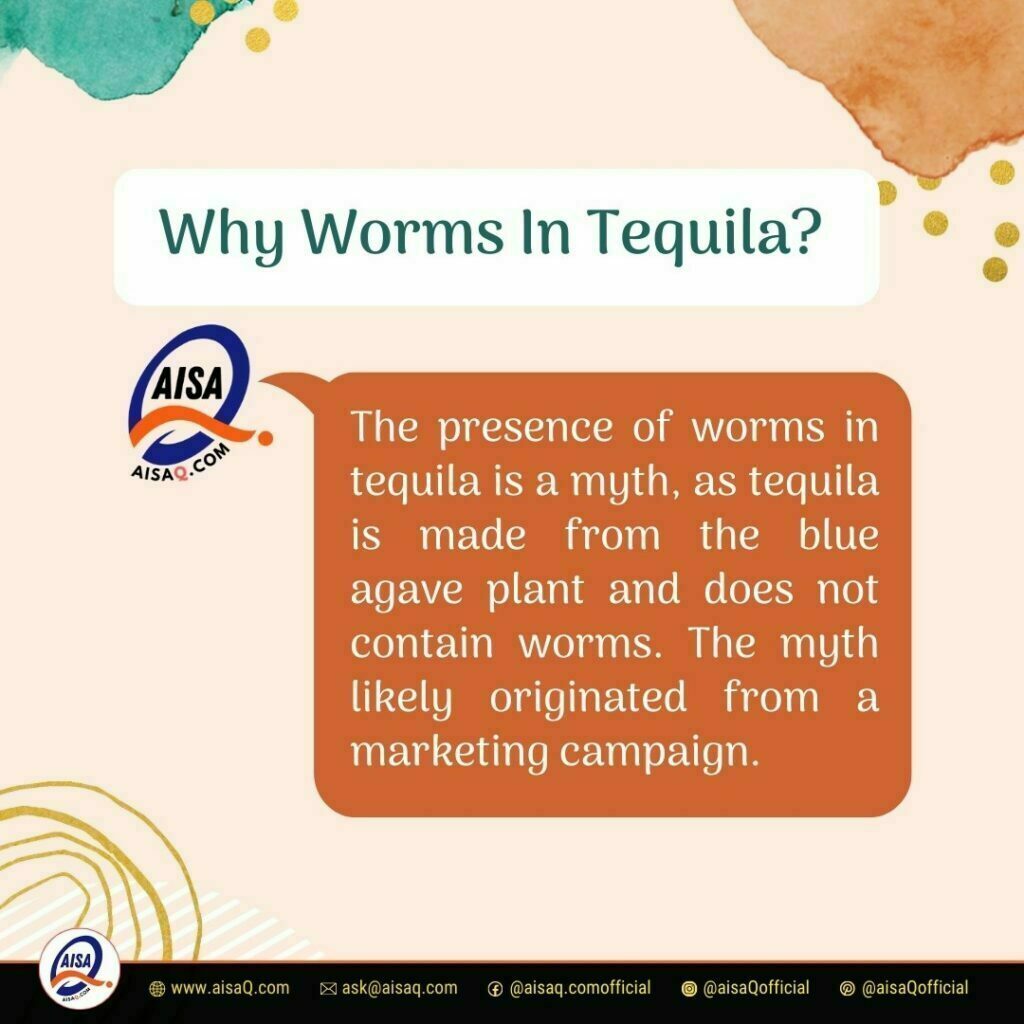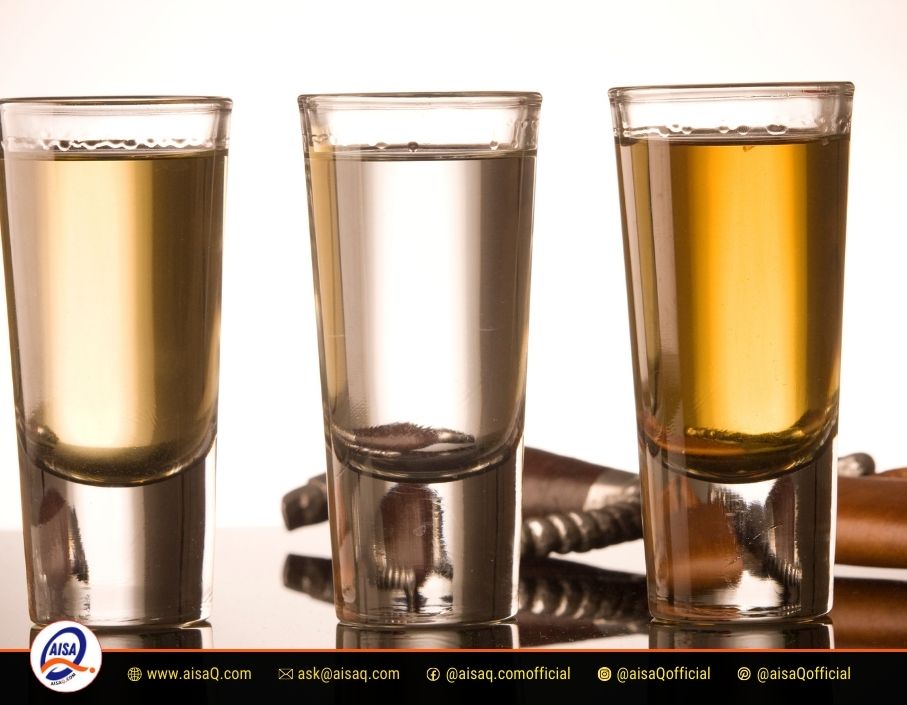Tequila is a popular alcoholic drink made from the blue agave plant, mainly produced in the area surrounding the city of Tequila, in the Jalisco state of Mexico. The drink has become famous worldwide for its unique taste, strength, and cultural significance. However, there is one aspect of tequila that still puzzles many drinkers – the worms in some tequila bottles. In this article, we will explore the truth behind this strange tradition and answer the question of why worms in tequila.
Table of Contents

Why Worms In Tequila: The Answer:
Worms in tequila are a long-standing tradition in Mexico, particularly in the state of Oaxaca. However, contrary to popular belief, the worm is not a part of the tequila-making process. Instead, it is added to the bottle as a marketing gimmick.

The worm is a larvae of the Hypopta agavis moth, which can infest the agave plant. In the past, when tequila production was not as regulated, it was not uncommon for the worm to accidentally end up in the tequila bottle. However, in the 1940s, a tequila brand called Gusano Rojo (Red Worm) started intentionally adding the worm to their bottles to stand out in a competitive market.
The addition of the worm created a unique selling point for the brand, and it soon caught on with other tequila producers. Some drinkers believe that the worm has hallucinogenic properties, but this is nothing more than a myth. In reality, the worm has no effect on the drink’s flavor, aroma, or potency.
The worm has become so synonymous with tequila that it has become a cultural icon. The tradition is particularly prevalent in Oaxaca, where a similar worm, the chinicuil, is added to bottles of mezcal, a smokier cousin of tequila. In Oaxaca, the worm is believed to be a symbol of good luck, and many people believe that consuming it will bring good fortune.
The Myth of the Worm’s hallucinogenic properties:
One of the most common misconceptions about the worm in tequila is that it has hallucinogenic properties. This is simply not true. The worm is not a psychedelic, nor does it contain any chemicals that can cause hallucinations. The worm is safe to consume, but it is not going to make you see visions or experience any otherworldly sensations.
The Use of the Worm as a Marketing Tool:
As mentioned earlier, the worm in tequila is a marketing gimmick. It was first introduced by the brand Gusano Rojo as a way to stand out in a crowded market. The idea proved to be successful, and soon other tequila producers started adding the worm to their bottles as well.
Today, the worm has become a symbol of authenticity and tradition in the world of tequila. While some drinkers may view the worm as a novelty item, others see it as an important part of the drink’s cultural heritage.

The Cultural Significance of the Worm in Mexico:
The worm has become a cultural icon in Mexico, particularly in the state of Oaxaca. The tradition of adding the worm to tequila and mezcal bottles dates back several decades and has become deeply ingrained in Mexican culture.
In some parts of Mexico, the worm is believed to be a symbol of good luck and prosperity. Many people believe that consuming the worm will bring good fortune, and it is not uncommon to see bottles of tequila or mezcal with the worm being sold at local markets and festivals.
The Difference between Tequila and Mezcal:
While tequila and mezcal are both Mexican spirits made from the agave plant, they are not the same thing. Tequila can only be made from blue agave and is produced in specific regions of Mexico, mainly in the state of Jalisco. Mezcal, on the other hand, can be made from any variety of agave and is produced in several regions of Mexico, including Oaxaca.
The main difference between tequila and mezcal is the way they are produced. Tequila is made by steaming the agave in ovens before it is distilled, while mezcal is cooked in underground pits with wood and charcoal, giving it a smokier flavor.
Conclusion
The presence of worms in some tequila bottles is not an integral part of the drink-making process. Instead, it is a marketing tool used by some tequila brands to differentiate themselves from the competition. The worm is safe to consume and has no effect on the drink’s flavor, aroma, or potency. The tradition has become so prevalent in Mexico that it has become a cultural icon and is seen as a symbol of good luck and prosperity. So, the next time you come across a tequila bottle with a worm, remember that it is nothing more than a marketing ploy and not an indication of the drink’s quality.


